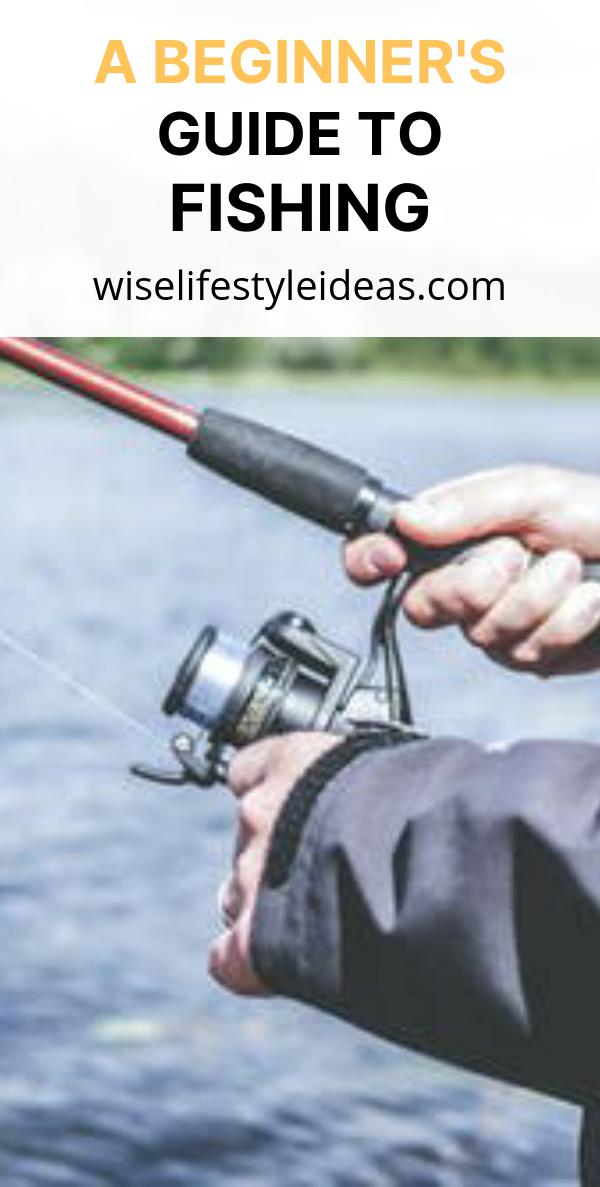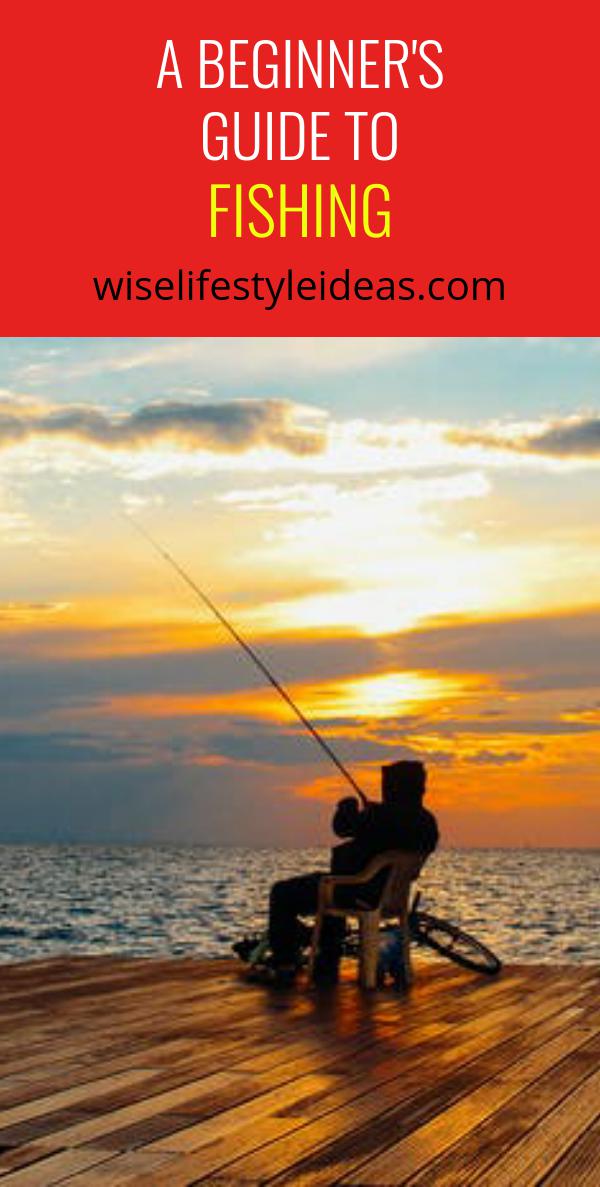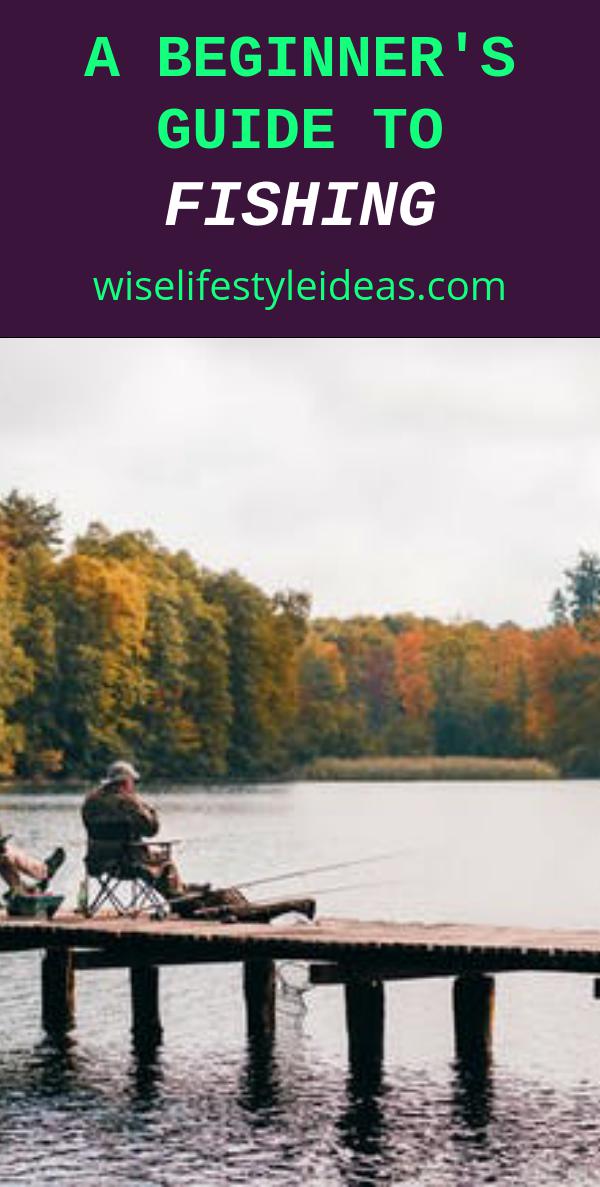Fishing is probably one of the most popular forms of recreation in the world. You can find people of all ages and gender, from all walks of life, enjoying the sport from shore and from boats. The equipment used in fishing, or tackle as it is called by fishermen, is relatively uncomplicated. All you really need to start fishing is a rod, a reel, fishing line, hooks, and lures. The cheap equipment and abundance of fishing spots all over the world make it easy for anyone to fish. For others, it can be another source of food; for many, it’s a chance to go out into the outdoors and spend time alone or with like-minded friends.
Fishing, or angling, can be enjoyed either in freshwater or saltwater. When you fish in streams, lakes, rivers, and ponds, then you’re going freshwater fishing. You can catch trout, bass, and several other species this way. On the other hand, saltwater fishing takes place in oceans, estuaries, and tidal rivers. The fish you can catch here are typically bigger than the usual ones you can catch while freshwater fishing. These include tuna, snappers, marlin, sailfish, and tarpon.

You’ve probably heard about spin fishing, bait fishing, and fly-fishing. These are the most common types of angling used both in saltwater and freshwater fishing. But what exactly are the differences between these three?
Bait fishing means using live or dead bait to catch fish, plain and simple. When a fisherman goes bait fishing, the bait is placed on a hook and then cast into the water, where the bait sinks. Now, depending on the type of fish, the fisherman may then let the bait sink to the bottom of the water, jig the bait up and down to attract fishes by the movement, or reel the bait in to attract fish swimming near the surface of the water.
Spin fishing uses metal or plastic lures to entice and catch fish. These lures spin as the fisherman reels in the line. Fishermen using this technique always pay close attention to the speed by which they reel in the lure, as well as the depth, or how deep is the lure in the water. These actions, along with the spinning of the lure, are necessary to imitate the movements of common game fish prey. When a fish bites the moving lure, it usually hooks itself, and then all the fisherman needs to do is to reel it in and land it with either a net or a gaff. Lighter fishing rods are used for smaller fish, and bigger rods are reserved for larger ones.

Fly-fishing is generally considered the most difficult method. A typical fly-fishing rod weighs less than the rods used for spin and bait fishing, and longer, too. This type of fishing uses feathered lures particularly created to resemble the appearance of insects or small fish. In casting, the fisherman whisks the rod forward then back with only the forearm. The line is then cast into a specific spot in the water with a sharp and smooth flick of the wrist. Depending on the type of fly, it can then float or sink in the water. What makes fly-fishing so difficult is the smooth, precise movement necessary to introduce the fly into the water as naturally as possible.
The spring and autumn seasons are generally considered the best for game fishing since these are when the fish are most active. Fish can still be caught during summer and winter, although the fish are usually a bit more sluggish and less inclined to chase lures or bait. Water temperatures also play an important part in deciding the best time to fish, since different types of fish are active at different temperatures. If their natural prey is around, you can also expect game fish to be more active.




